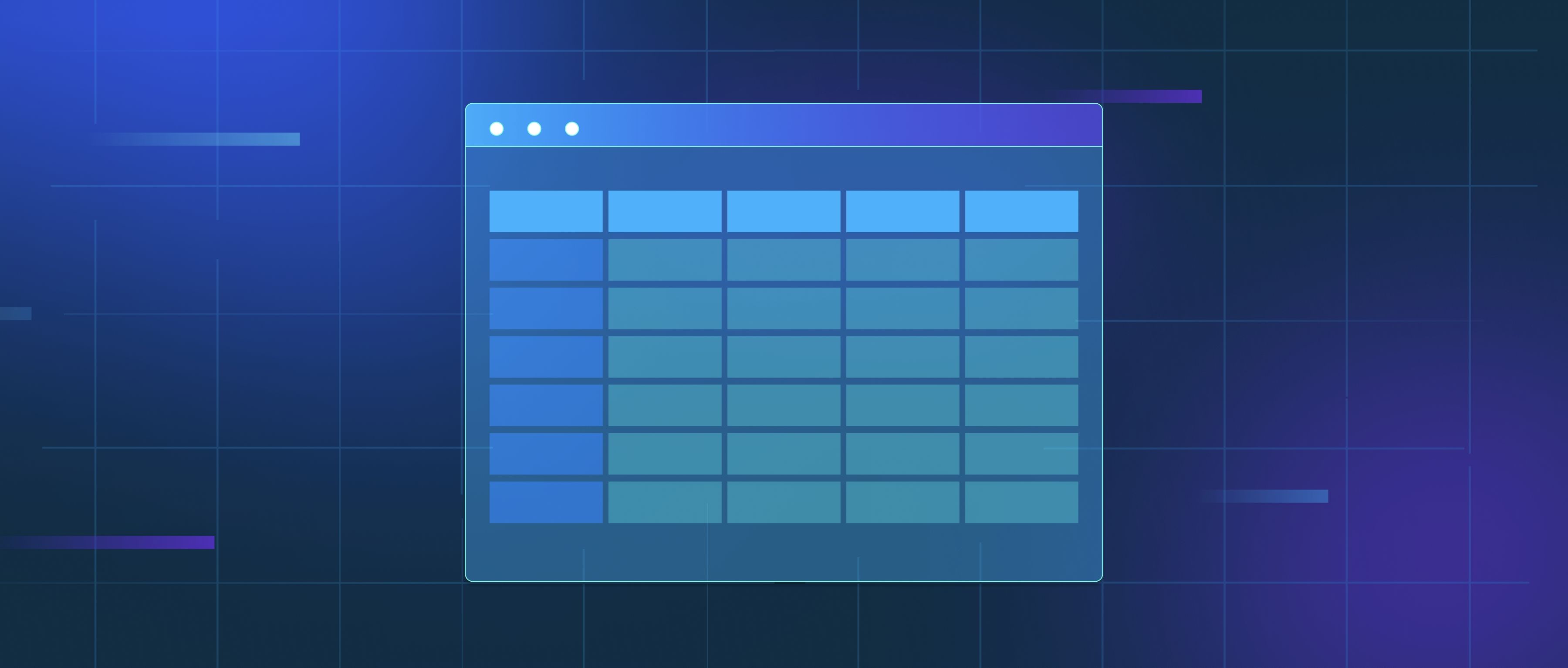Autoencoders play a significant role in self-supervised learning by providing a way to learn useful representations of data without requiring explicit labeled examples. Their architecture consists of two main components: an encoder that compresses input data into a lower-dimensional representation, and a decoder that reconstructs the original input from this compressed form. This process allows autoencoders to capture essential features of the data, making them valuable for tasks like anomaly detection, image denoising, and data compression.
In a self-supervised learning setup, the goal is to exploit the inherent structure of the data itself to create tasks that can guide the model. Autoencoders achieve this by using the reconstruction task, where the network is trained to minimize the difference between the input and its reconstruction. For instance, in image processing, you might feed the autoencoder images and train it to reproduce them as accurately as possible. This forces the model to learn the underlying patterns and structures in the images, such as edges, shapes, and textures, without needing any labels. As a result, the learned representations can be used for various downstream tasks, such as classification or clustering.
Moreover, autoencoders can be adapted to include additional features that enhance their utility in self-supervised learning. Variational autoencoders (VAEs) introduce a probabilistic approach to representation learning, allowing for more expressive latent spaces. Contrastively, denoising autoencoders intentionally corrupt input data and train the model to recover the original data. These approaches not only improve the quality of the learned representations but also enable models to generalize better to unseen data. Overall, by learning to reconstruct inputs from unlabelled data, autoencoders serve as a powerful framework for developing self-supervised models that efficiently harness the rich information contained within datasets.
